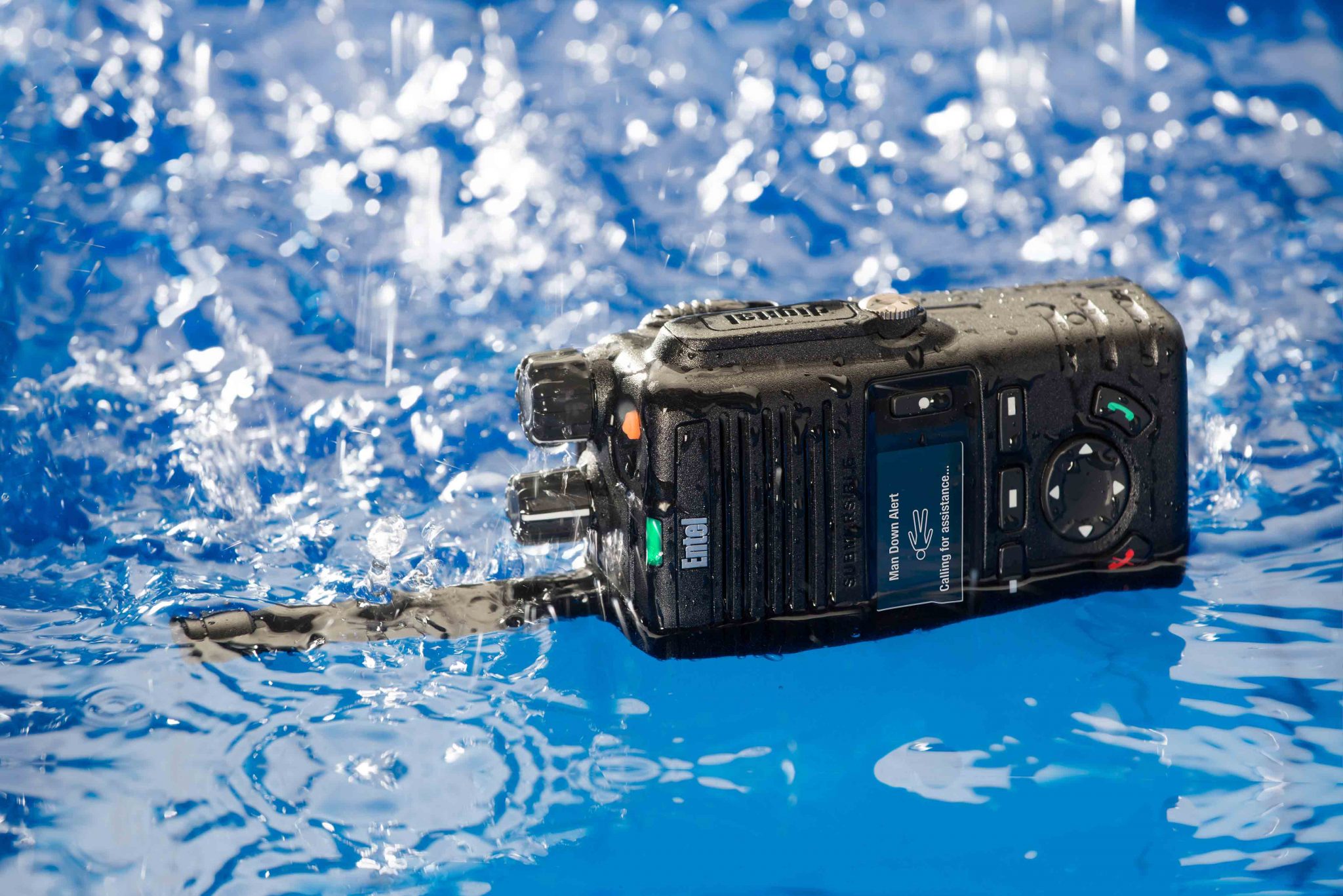Fibre Optic Training Course
Title:
Get Started with Fibre Optic Communication Systems – Practical Training
Course Introduction:
Do you want to build your skills and knowledge in the exciting field of fibre optics?
Look no further than our practical training course!
Our comprehensive 5-day course equips you with everything you need to know to design, install, and maintain fibre optic networks.
Experienced instructors lead the course, which features hands-on activities.
You will learn the basic principles of fibre optics, gain an understanding of testing and troubleshooting techniques, and dive into network design and installation best practices.
You’ll even get the chance to explore advanced topics such as Wavelength Division Multiplexing (WDM) and fiber optic sensors.
After the course, you’ll receive a certificate of completion and be ready to take on exciting career opportunities in telecommunications, IT, or electronics. Don’t wait, sign up today!
Objective:
This course aims to provide participants with a comprehensive understanding of the principles, practices, and technologies associated with fibre optic communication systems.
It also aims to equip them with the skills and knowledge necessary to design, install, and maintain fibre optic networks.
Duration: 5 days (40 hours)
Day 1:
We will cover the introduction to fibre optic communication systems and the basic principles of fibre optics, including light propagation, modes, and attenuation.
You will also learn about the types of fibre optic cables and connectors.
In addition, you will participate in a hands-on activity, splicing and termination of fibre optic cables.
Day 2:
We will focus on testing and troubleshooting fibre optic networks. You will learn about Optical Time-Domain Reflectometry (OTDR) and other testing techniques.
You will also participate in a hands-on activity, testing and troubleshooting a fibre optic network.
Day 3:
We will cover fibre optic network design and installation, including choosing the right components for your network, such as cables, connectors, transceivers, and other equipment.
Additionally, we will discuss installation best practices, such as cable pulling, routing, and securing.
You will also participate in a hands-on activity, network design and installation.
Day 4:
We will discuss fibre optic network maintenance and repair.
You will learn about preventative maintenance, including cleaning and inspection, as well as identifying and addressing common problems such as signal loss, fibre breakage, and other issues.
You will also participate in a hands-on activity, maintenance and repair of a fibre optic network.
Day 5:
We will explore advanced topics in fiber optic communication systems, including Wavelength Division Multiplexing (WDM) and fiber optic sensors, and their applications.
You will also participate in a hands-on activity, advanced fibre optic technologies.
Assessment:
We will assess participants based on their participation in hands-on activities, their understanding of course material demonstrated through quizzes and tests, and their successful completion of a final project designing and installing a fibre optic network.
Certification:
Upon successful completion of the course, participants will receive a certificate of completion, which can be used to demonstrate their knowledge and proficiency in fibre optic communication systems. Additionally, participants will be prepared to take the Fibre Optic Association’s Certified Fibre Optic Technician (CFOT) certification exam, if they choose to do so.
